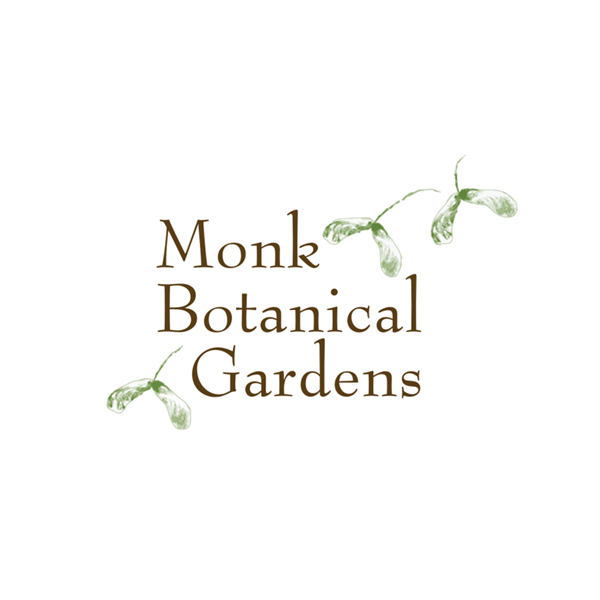An explanation of, and an argument for, adding natives to your garden.
You’ve probably heard or read that native plants are all the buzz lately (pardon the pun). And for good reason. We need native plants for many of the pollinators that enable plants to bloom and reproduce.
To begin with, we recognize that every animal on the planet gets its food from plants either by eating plants or by eating those creatures that ate the plants. Plants are the only organisms that can capture the sun’s energy and convert it into food.
So, it would be nice to think we can just grow anything at all, and some insect will buzz by and stir up that pollen or eat those plants and fulfill its role in the food chain. However, most insect herbivores can eat only plants they coevolved with, and coevolution takes many, many years. A well-known example is the larva of the Monarch butterfly, which will only eat milkweed. It can’t digest ANY other plants.
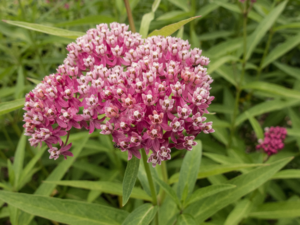
Swamp milkweed
Many of our beautiful ornamental annuals and perennials have been imported from other countries, so they are foreign to, and not accessible as a food source for, our native bees and other insects. For example, of the thousands of species of native bees, over ⅓ “specialize” in certain types of pollen, so if the flowers they need are unavailable, they die.
In order to maintain biodiversity all the way up the food chain, we need to make those plants available for our insect populations at the most basic level. Each of us can help with that goal in our own home landscapes by adding and maintaining some native plants.
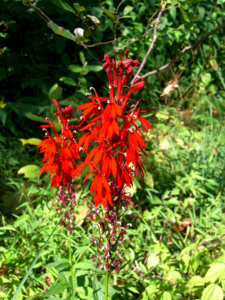
Cardinal Flower
To clarify some terms for plant shopping, a true “native” is a plant that historically occurs in a region, ecosystem or habitat due to natural processes rather than human intervention. A new term you might see is “nativar”, which is a plant bred entirely from native parents. These are different from “cultivars” which are plants that are bred from one or many parents to produce a new plant with planned traits and characteristics. None of these categories of plants is bad, but cultivars may not appeal to the native insect populations we are trying to support.
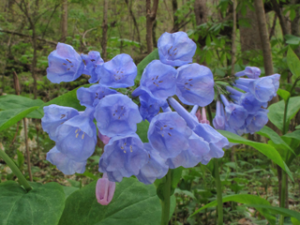
Virginia Bluebells
If this information has interested you enough to consider adding some great natives to your more formal landscape beds, I would recommend some of my favorites below for you to consider.
Allium cernuum – Nodding Onion (relative Ornamental Alliums)
Asclepias incarnata – Swamp milkweed
Lobelia cardinalis – Cardinal Flower
Echinacea purpurea – Purple Coneflower
Asclepias tuberosa – Butterfly Weed
Coreopsis lanceolata – Lanceleaf Coreopsis
Liatris pycnostachya – Prairie Blazing Star (Gayfeather)
Mertensia virginica – Virginia Bluebells
Written by Pat Witt, Garden Supervisor
